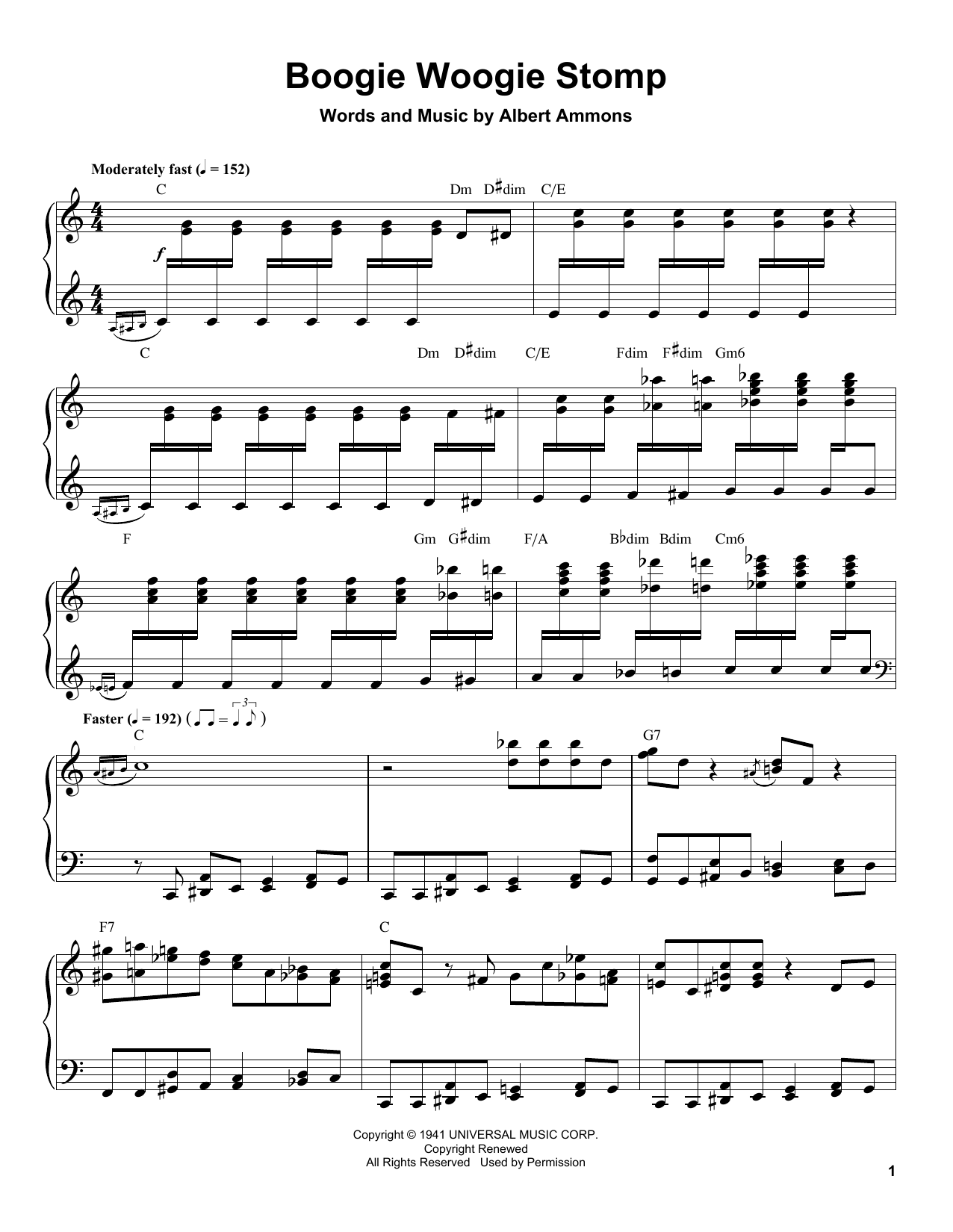

Play a Bach two-part invention or a classical piece of equivalent difficulty

Play along with a blues, folk, or early rock-and-roll song It is geared towards players who can read music and do any one of the following on the piano: Learn Boogie Woogie Piano is for piano players who want to learn to play, improvise, and compose dynamic, authentic boogie woogie piano. Starting with bass lines, it leads you step-by-step through the techniques you need for the style, from rhythmic chords in the right hand to turnarounds, sixths, tremolos and other devices. This thorough guide will teach you to play, improvise, and compose dynamic, authentic Boogie Woogie piano. Learn to play authentic Boogie Woogie piano in the styles of its three pioneers - Albert Ammons, Pete Johnson and Meade "Lux" Lewis. You want to swing, and really ‘feel’ the bassline.The artistry of Albert Ammons, Pete Johnson, Meade Lux Lewis This is not the bassline to play with a straight rhythm. This is the Boogie Woogie, so don’t forget to play it with some style and bounce! I’ll leave it up to you to figure out the notes. So we’ll start with the F octave, and then find the 3rd (this time it’s A) and walk-up by half-steps until you reach the 5th (now a C) and then play that C octave.Īfter F, we’ll move to G. The pattern is identical, but everything is now in relation to the F chord. It can take a bit to master, but the real challenge comes when it’s time to change chords.įrom the C we’ll move to an F. This bassline is fast and jumps around a lot.

Once you do, you simply play a G octave below.Īnd that repeats over and over again. Then you start on the 3rd (E) and walk-up by half-steps until you reach the 5th (G).

Starting on C, you play an octave above to a higher C. We’ll be in the key of C today, and we’ll use the C, F and G chords. The great thing about this bassline is that it follows the same pattern, no matter what chord you’re playing it over.


 0 kommentar(er)
0 kommentar(er)
